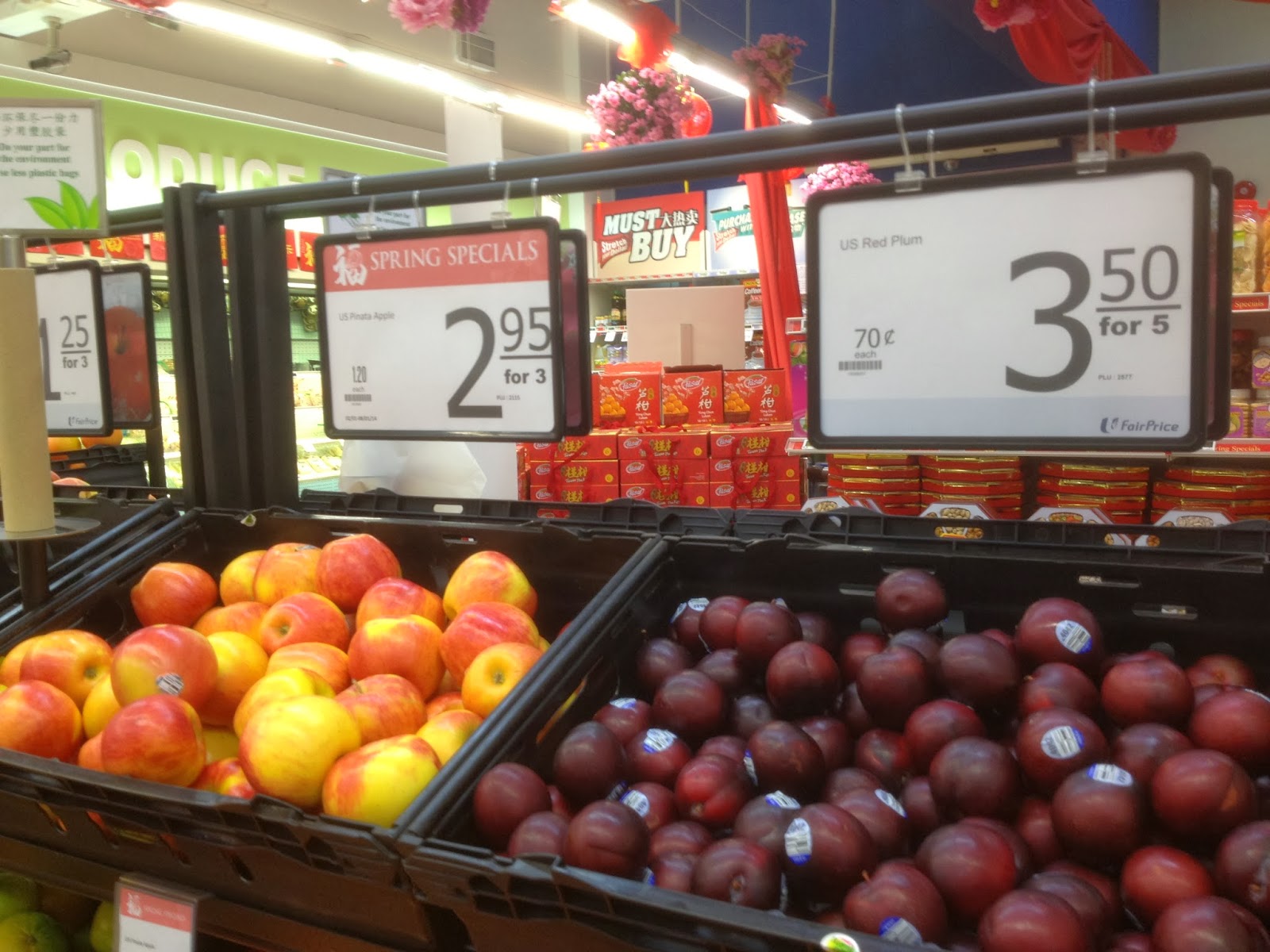Friday, March 21, 2014
Monday, January 20, 2014
Public Transport in London
This problem is suitable for students who have studied rate. However, any students who can do the basic operations with money / decimals have the prerequisites to solve this problem.
This problem is about bus and train fares in London.
Each train ride costs £3.80 but the maximum that is charged each day is £10.60.
Each bus ride costs £1.40 but the maximum that is charged each day is £4.40.
If a customer buys the weekly pass, which costs £43.60, he can ride the train and bus as many times as he wishes for seven days.
The amount is deducted from a fare card called Oyster Card.
(a) John took two train rides on Monday.
Find the amount he had to pay for the train rides.
(b) Kimi took three train rides on Monday.
Find the amount she had to pay for the train rides.
(c) This week I will take four bus rides and two train rides each day for five days.
Should I buy the weekly pass?
This problem is about bus and train fares in London.
Each train ride costs £3.80 but the maximum that is charged each day is £10.60.
Each bus ride costs £1.40 but the maximum that is charged each day is £4.40.
If a customer buys the weekly pass, which costs £43.60, he can ride the train and bus as many times as he wishes for seven days.
The amount is deducted from a fare card called Oyster Card.
(a) John took two train rides on Monday.
Find the amount he had to pay for the train rides.
(b) Kimi took three train rides on Monday.
Find the amount she had to pay for the train rides.
(c) This week I will take four bus rides and two train rides each day for five days.
Should I buy the weekly pass?
Wednesday, January 8, 2014
Buying Fruits
Refer to the oranges.
How much savings does a customer get in buying 8 oranges?
Refer to the apples and plums.
What are the possible amounts that a customer has to pay for 15 apples and plums? In each case, state how many plums he gets.
Sunday, January 5, 2014
Spirit of Helping
 |
| Photo: The Soup Kitchen Project |
This question is based on information about him.
Joanna Seow (Straits Times January 6, 2013) writes:
From 4 am to 3.30 pm, six days a week, kitchen worker Zhao Fu Xin's job is to cook sushi rice.
But on his rest days, the 23-year-od Chinese national is back in another kitchen - cleaning floors while other volunteers like him whip up thousands of free meals for the needy in Singapore.
"When we deliver food to the elderly, I feel that I am doing something very meaningful," explained Mr Zhao, who has been volunteering at soup kitchen Willing Hearts for about a year, since arriving here in November 2012.
Questions
(1) Find Zhao Fu Xin's weekly working hours.
(2) How long has he been in Singapore?
Cheaper If You Buy More
"Do you want to buy more? It is cheaper if you buy more.", the young lady managing the makeshift stall selling Chinese New Year goodies outside a 7-11 type store in Singapore promised.
I looked at the sign that shows the price. It states that 100g of the organic nuts cost $3.80 while 500g of the nuts cost $19.
Show, with appropriate calculations, if it is true that it is "cheaper if you buy more".
 |
| I bought 100g of the organic nuts to snack on between meals. |
This is likely a Primary 4 problem. In Singapore, Primary 4 students are expected to achieve this standard for the unit on money.
| multiplication and division of money in decimal notation, • solving word problems involving the 4 operations of money in decimal notation. |
Thursday, January 2, 2014
Home Sales
This question is about the sales of private homes in Singapore. In Singapore, most people live in public housing.
According to the Urban Redevelopment Authority in Singapore, an estimated 14,950 new homes were snapped up in the first 11 months of 2013.
The reporter wrote "the total sales for 2013 are likely to be well down from 2012's 22,197 new homes sold".
According to the Urban Redevelopment Authority in Singapore, an estimated 14,950 new homes were snapped up in the first 11 months of 2013.
The reporter wrote "the total sales for 2013 are likely to be well down from 2012's 22,197 new homes sold".
based on a Straits Times report on 2 January 2014
Show the necessary calculation to show why what the reporter wrote was likely correct.
This question is for students in Primary 5 (Grade 5) and above.
Subscribe to:
Posts (Atom)



